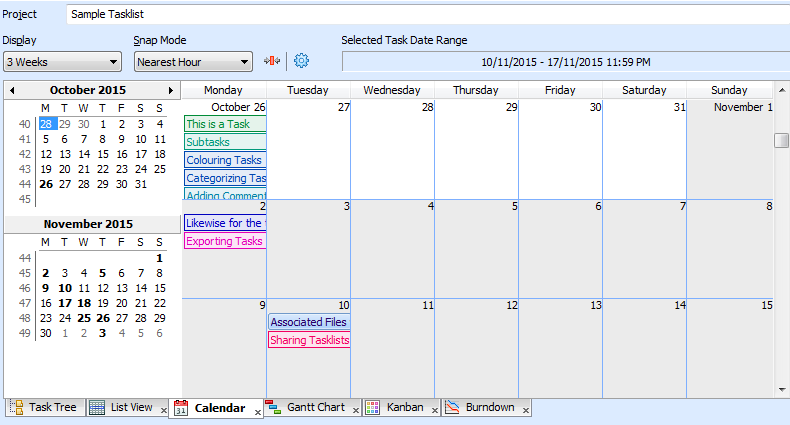
Unified Microsoft 365 manifest (preview): Use the "name" property of an object in the "" array.The markup varies depending on the type of manifest. Permissions are declared in the manifest. creating, reading, writing items and folders.In addition to what is allowed in read/write item, it allows: full Outlook add-in API access except makeEwsRequestAsync.In addition to what is allowed in read item, it allows:


getting the item properties and the callback token.In addition to what is allowed in restricted, it allows: Permission levelcanonical nameĪllows use of entities, but not regular expressions. An Outlook add-in would disclose the level of permissions it needs, identifying the possible access and actions that the add-in can make on the customer's mailbox data. This article describes the possible permissions that Outlook add-ins can request, and examines the security model from the following perspectives.Įnd-users: Privacy and performance concernsĭevelopers: Permissions choices and resource usage limitsĪdministrators: Privileges to set performance thresholdsīecause customers' perception of add-in security can affect add-in adoption, Outlook add-in security relies on a tiered permissions model. End users, developers, and administrators can use the tiered permission levels of the security model for Outlook add-ins to control privacy and performance.


 0 kommentar(er)
0 kommentar(er)
